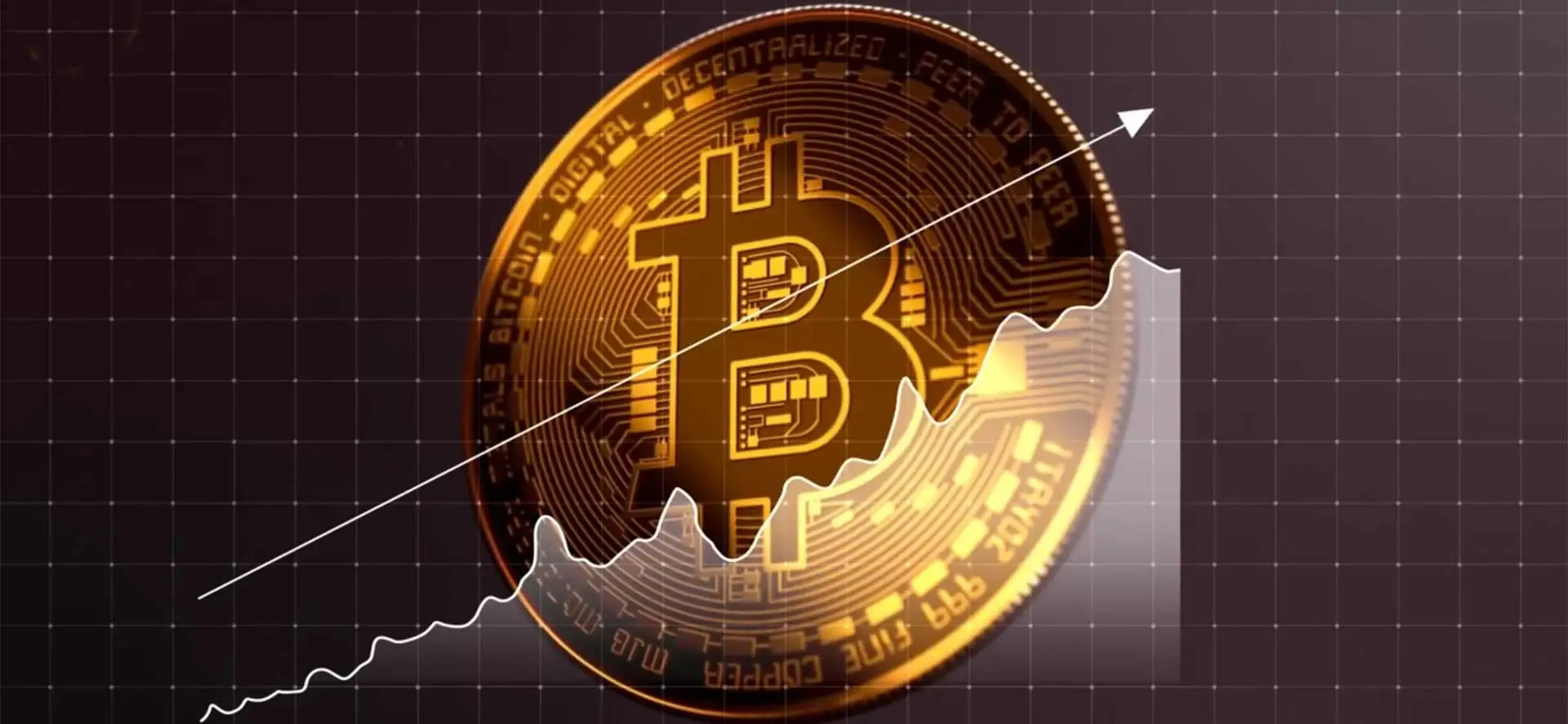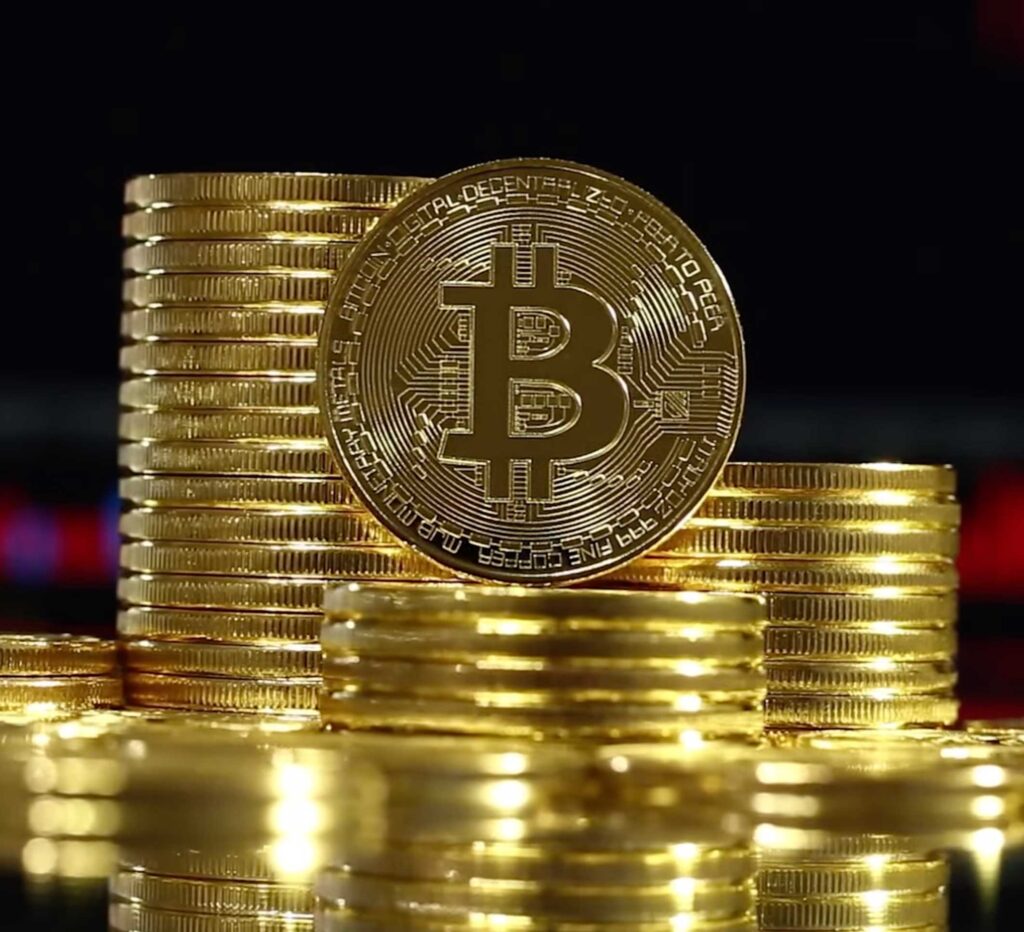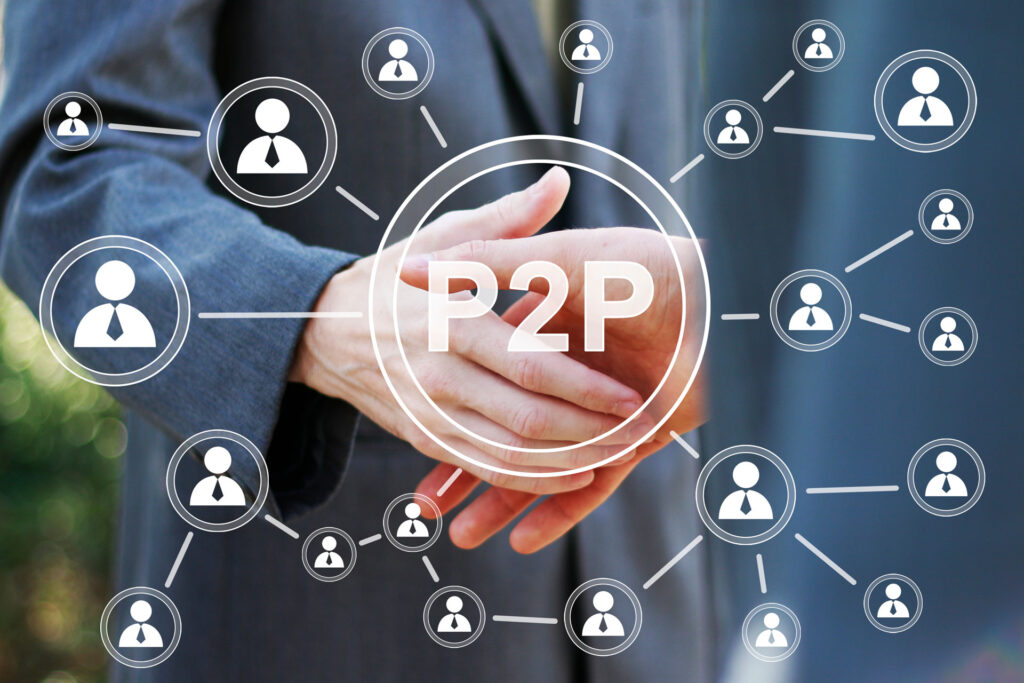
What Determines Value?
Bitcoin is one of the most talked-about topics in finance, technology, and investment circles. But when you’re trying to explain why Bitcoin has value, it can feel challenging to present a clear, convincing case. After all, how can something entirely digital, with no physical form, be worth thousands of dollars? This blog dives into what determines Bitcoin’s value, exploring its foundational components like supply and demand, liquidity, marketability, and the motivations behind mining. By the end, you’ll have a firm grasp on the forces driving Bitcoin’s price and why it holds immense significance in the world of digital currencies.
Understanding Bitcoin's Price Drivers
To understand Bitcoin’s value, imagine it as a digital alternative to gold. Like gold, Bitcoin is scarce, decentralized, and cannot be manufactured endlessly. These characteristics address problems in traditional financial systems, creating a unique proposition.
- Scarcity and Limited Supply
Bitcoin’s fixed supply of 21 million coins is a fundamental reason for its value. Unlike fiat currencies, where governments can print more money and cause inflation, Bitcoin’s supply is capped, which ensures its scarcity. Scarcity, as we’ve seen with precious metals like gold, drives value. As such, limited availability makes Bitcoin inherently desirable.
- Decentralization and Censorship Resistance
Bitcoin operates without central authorities, like banks or governments. It is maintained by a distributed network of users, making it resistant to censorship, manipulation, and single points of failure. This trust-less system appeals to those looking for secure, independent financial solutions.
- Utility as Digital Money
Bitcoin is a digital currency designed for global use. It allows people to send and receive money without banks, making transactions faster, cheaper, and more accessible — especially for cross-border payments. Its potential use case as a store of value and medium of exchange are significant drivers of its growing adoption.
- Technological Innovation (Blockchain)
Bitcoin is powered by blockchain technology, which securely records transactions. This innovation underpins Bitcoin’s value, offering transparency, immutability, and potential applications beyond traditional fiat currency.
Simply put, Bitcoin solves problems inherent in traditional financial systems, such as inflation and centralization, thereby making it a valuable digital asset in a modern economy.

What Does Supply and Demand Have to Do with Bitcoin's Value?
Supply and demand are fundamental economic principles that directly impact Bitcoin’s price. Here’s how these market forces shape its value:
Supply Factors
- Fixed Maximum Supply – Bitcoin’s supply is hard-capped at 21 million coins. This sets it apart from traditional currencies, where central banks can print more money and dilute its value.
- Controlled Issuance – New Bitcoins are mined at a decreasing rate through the “halving” mechanism every four years. This predictable reduction in supply written in the protocol code boosts Bitcoin’s scarcity over time.
- Lost Coins – An estimated 20% of Bitcoin is believed to be lost due to misplaced private keys or inaccessible wallets, further tightening its circulating supply. Thus, some estimate that only 16 million Bitcoin will ever exist.
Demand Factors
- Store of Value – Many investors see Bitcoin as “digital gold” or a safe haven that can preserve wealth. This is especially true in times of economic instability or inflation.
- Global Adoption – Every day, more people, businesses, institutions, and nation-states recognize Bitcoin’s potential. This growing adoption strengthens its network effect, driving demand which potentially causes price increases.
- Technological and Economic Factors – Bitcoin’s functionality for payments and its underlying blockchain contribute to demand. geopolitical factors currency devaluation in emerging economies also contributes to demand.
The Interplay
When demand for Bitcoin increases while its supply remains fixed, the price tends to rise. Conversely, falling demand can lead to price drops. This balance explains much of Bitcoin’s price movements and reinforces its positive value over time.
What Does Liquidity Have to Do with Bitcoin's Value?
Liquidity refers to how easily an asset can be bought or sold without significantly impacting its price. Bitcoin’s high liquidity is a testament to its maturity as an asset and its value potential.
Importance of Liquidity
- Ease of Trading:
Bitcoin is one of the most liquid digital assets, traded 24/7 on hundreds of exchanges worldwide. Its robust global trading network ensures that buyers and sellers can transact quickly and at fair market prices.
- Low Transaction Costs:
High liquidity leads to narrower bid-ask spreads, reducing the cost of executing trades. This makes Bitcoin an appealing option even for institutional investors handling large volumes.
- Market Stability:
While Bitcoin’s price is famously volatile, its liquidity tempers extreme fluctuations in the long term. The more traders and volume in the market, the harder it becomes for a single entity to manipulate its price. The main thing is that the trend is normally pointing upwards.
- Institutional Adoption:
The liquidity of Bitcoin has piqued the interest of major financial players. From hedge funds to publicly listed companies like MicroStrategy, Bitcoin’s easy convertibility makes it a reliable long-term investment.

What Does Marketability Have to Do with Bitcoin’s Value?
Marketability refers to an asset’s ability to be easily bought, sold, or accepted as a form of payment.
Bitcoin’s Marketability Drivers
- Global Recognition:
Bitcoin is accepted and recognized worldwide. Unlike physical currency tied to a single country, Bitcoin is not bound by borders, making it a powerful medium for international transactions.
- Merchant Adoption:
More businesses are accepting Bitcoin as payment for goods and services, from small startups to globally recognized brands. This widespread adoption boosts its functionality as a currency. The transaction fees and settlement times also benefit the merchants which is also of value.
- Growing Infrastructure:
A robust network of exchanges, wallets, payment systems, and custody services has made Bitcoin easier to use than ever before. And more user-friendly apps are coming.
Marketability contributes to Bitcoin’s fundamental value. The easier it is to use, trade, or spend Bitcoin, the more attractive it becomes to a wider range of users.

What Motivates Bitcoin Miners?
Bitcoin miners play a crucial role in maintaining the network’s security and validating transactions. Bitcoin mining rewards create an ecosystem where miners are incentivized to maintain and secure the blockchain, ensuring its integrity. Bitcoin mining requires significant investment in specialized hardware, electricity, and skilled labor. Despite these costs, miners play a crucial role in the ecosystem because the potential rewards outweigh the expenses. But why would they invest in expensive hardware, electricity, and time? Here’s what motivates them:
Incentives for Miners
- Bitcoin Rewards: Miners receive newly minted Bitcoin for solving complex cryptographic puzzles and validating transaction blocks.. These rewards compensate them for their operational costs. When Bitcoin’s price is high, these rewards can cover operational costs and yield profit.
- Transaction Fees: Miners also earn fees paid by users to prioritize their transactions. Over time, as block rewards decrease, these fees are expected to become the primary incentive.
- Network Security: By participating in mining, individuals and companies contribute to securing the network, validating transactions, and maintaining decentralization.
- Belief in Technology: Many miners are crypto enthusiasts who believe in Bitcoin’s long-term potential. By mining, they contribute to its growth and adoption.
- Faith in Bitcoin’s Future: Many miners believe in Bitcoin’s long-term potential. They see mining as an investment in the ecosystem and its future growth.
- Financial Returns: Large-scale miners operate as businesses, optimizing costs to maximize profitability. With efficient operations, mining Bitcoin can be highly lucrative.

Potential Downside: Miners are economic actors who evaluate risks against potential rewards. Should operational costs exceed potential earnings consistently, some miners may exit the network.
However, Bitcoin’s design ensures that its mining difficulty adjusts periodically, reducing the competition and keeping mining economically viable. In other words, it is extremely unlikely that Bitcoin mining will be discontinued. One important reason is that countries and nation-states are doing mining at the federal or national level. This is done not only for extra revenue, but also to prevent any other country from attaining control of the blockchain network.
Stating this in another way, the worldwide Bitcoin network is so well-established and functional that it is unlikely it will be shut down or be replaced. Quite frankly, with nearly 16 Million Bitcoin already being mined, there is too much at stake to allow the Bitcoin network to fail at this time.
Value of "Peer-to-Peer" Payment Systems
Peer-to-peer (P2P) financial systems offer significant value to the digital asset space in several ways:
1. Increased Accessibility and Financial Inclusion:
- Bypassing Intermediaries: P2P systems, particularly in the context of decentralized finance (DeFi), eliminate the need for traditional financial institutions like banks. This opens up access to financial services for individuals who are unbanked or underbanked globally, as long as they have an internet connection.
- Lower Barriers to Entry: Compared to traditional finance, P2P systems often have lower requirements for participation, allowing a broader range of individuals to borrow, lend, and invest in digital assets.
2. Enhanced Efficiency and Lower Costs:
- Reduced Fees: By removing intermediaries, P2P systems can significantly reduce transaction fees associated with borrowing, lending, and exchanging digital assets.
- Faster Transactions: Leveraging blockchain technology, many P2P digital asset platforms enable near real-time transactions, which is much faster than traditional financial processes.
3. Greater Transparency and Control:
- Decentralized and Distributed Ledgers: Blockchain-based P2P systems provide a transparent and immutable record of transactions, increasing trust and reducing the potential for fraud.
- User Control: Participants in P2P systems typically have more direct control over their assets and financial activities compared to relying on centralized institutions.

Self-Custody – Peer-to-Peer payments can also be sent from “Cold Wallet” to “Cold Wallet”. In other words, rather than keep Digital Assets on a centralized exchange or “Online” account, Bitcoin can be stored in a “Personal Wallet” kept at a safe place at home or in the office. This type of storage unit is called a “cold wallet” because it is a handheld device disconnected from the Internet when not is use.
Examples of Cold Wallets are: Ledger; Trezor; and Tangem. Click on the “Home” page above for more information on Cold Wallets.
Effect on Bitcoin Value: The increase in user adoption will cause transaction fees to increase further incentivizing the Bitcoin miners to validate transactions and secure the Bitcoin network.
The Value of Faster "Settlement" Times in Digital Assets
Traditional banking systems, though functional, suffer from inefficiencies in transaction times and settlement speeds:
- Slow Settlements:
Wire transfers can take days to settle, especially cross-border transactions. Banks also close on weekends and holidays which adds to the delays.
- High Fees:
Traditional banks charge intermediaries, adding unnecessary costs for users.
BITCOIN ADDRESSES THESE PAIN POINTS:
- Instant Transactions:
Bitcoin transactions can be completed in minutes, even across borders, at a fraction of the cost.
- Global Availability:
Bitcoin operates 24/7, removing the limitations of bank working hours. This speed and convenience add tangible value to Bitcoin as a means of transferring wealth.

Why Bitcoin’s Value is Poised to Grow - Final Thoughts
Bitcoin’s value rests on solid foundations of scarcity, growing demand, liquidity, and marketability. It is a secure network secured by miners and a world-wide computer network. It solves real-world challenges in finance from inflation to inefficient global transactions. The Bitcoin network provides a new model for decentralized transfer of value. For skeptics, it may still seem abstract, but as adoption spreads and infrastructure grows — Bitcoin’s position as a valuable asset becomes undeniable. For investors, businesses, and enthusiasts, understanding these principles is key to appreciating Bitcoin’s role in reshaping modern finance. For Payments, users will find cheaper and faster transactions, which is a value in itself.

Request Info
Stay up to date on digital asset trends for donations and charitable giving. Please let us know if you would like to know more specific information or you would like consultation on how to receive digital assets as donations to your organization.
For 37 years, William Holden was an airline pilot. He started with Trans World Airlines (TWA) and spent the last years of his career with American Airlines. During this time as an airline pilot, he was also a real estate developer in Vail, Colorado, USA (1972 to 1986). From 1986 to 2001, William was an appraiser in St. Louis, Missouri, USA where he did investment analysis on shopping centers, office buildings, and industrial office warehouses. He also analyzed residential apartment properties. From 2001 to 2005, he had an asset management company and provided investment analysis as a registered investment adviser with a Series 7 securities license. He was introduced to digital assets when a buyer of his beachfront condominium for sale in the Dominican Republic offered to pay in cryptocurrency. For the past several years, William has been a student of digital assets and is now a consultant for non-profit organizations.
Share Buttons (Share on Your Own Social Media Account).
© 2022 All Rights Reserved.
